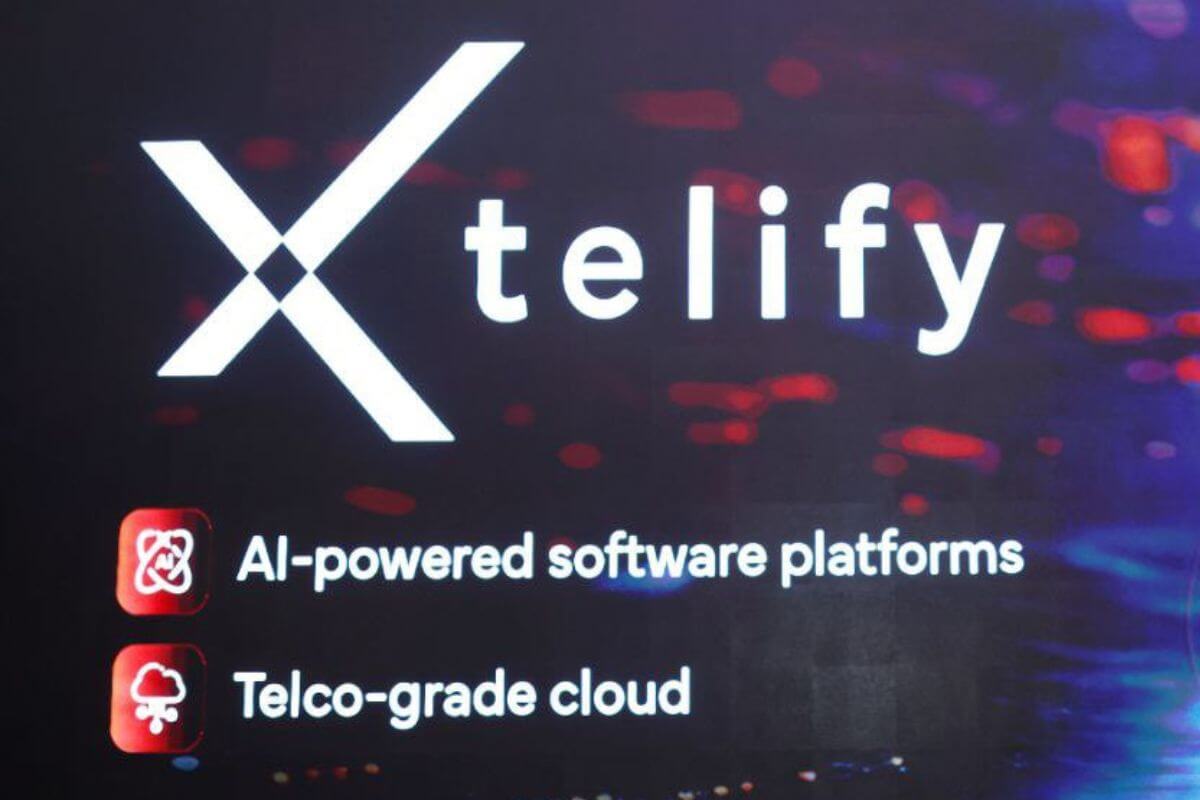Now Reading: Airtel Launches Xtelify: New AI Cloud Platform for Telecom Sector
-
01
Airtel Launches Xtelify: New AI Cloud Platform for Telecom Sector
Airtel Launches Xtelify: New AI Cloud Platform for Telecom Sector

Bharti Airtel has introduced Xtelify, a new cloud platform built with AI capabilities aimed specifically at telecom companies. The launch is part of Airtel’s growing focus on building tech infrastructure that can serve the digital and data-driven demands of communication networks. Xtelify is designed to improve operational efficiency, enhance customer service, and enable faster decision-making through real-time analytics.
What Is Xtelify?
Xtelify is not a consumer-facing product—it’s a backend cloud-based system made for telecom businesses. It brings together data management, customer experience tools, and artificial intelligence on a single platform. The goal is to help telecom operators make smarter decisions, reduce costs, and respond to customer needs more quickly.
The platform also includes infrastructure tools that support network performance monitoring, fraud detection, and business intelligence.
Why It Matters
With the telecom industry rapidly shifting towards data-first operations, platforms like Xtelify are becoming essential. Telecom businesses today deal with massive amounts of customer data—usage patterns, complaints, billing records, and more. Managing all of this in real time is a challenge, especially for companies operating in competitive markets.
Airtel’s new offering is positioned to help telecom providers—both in India and globally—modernize their backend operations and improve reliability and customer satisfaction.
Relevance for Tier 2 Cities
Tier 2 and Tier 3 cities in India are increasingly becoming high-growth zones for telecom users. As more people in these regions come online and adopt digital services, telecom companies need tools that can scale rapidly and maintain quality service.
By enabling better infrastructure through AI and cloud, Xtelify could help telecom providers deliver better coverage, faster resolutions, and improved network stability in smaller cities and towns—where service gaps still exist.
Conclusion
Airtel’s launch of Xtelify signals a strong push toward next-gen telecom infrastructure in India. By combining cloud and AI, the platform aims to solve real-world operational challenges for telecom businesses. For consumers, especially in growing digital markets beyond metro cities, this could eventually mean better connectivity and smarter service delivery

























